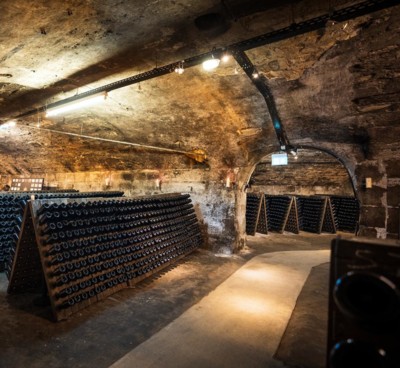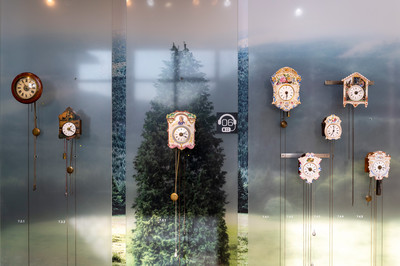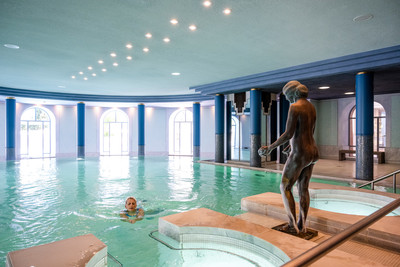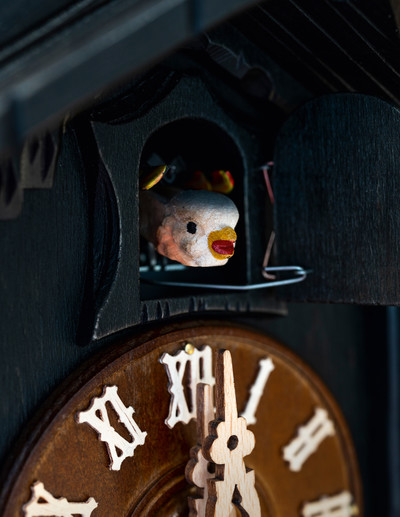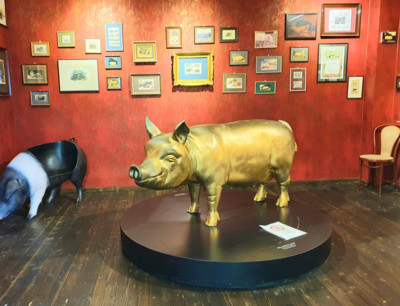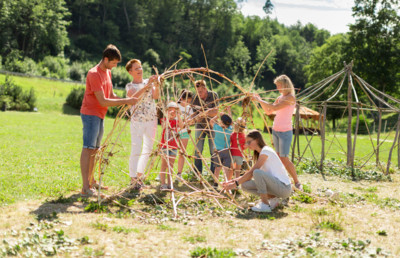Exciting archaeological sites
Traces of the Celts in Baden-Württemberg
© SSG - Günter Bayerl
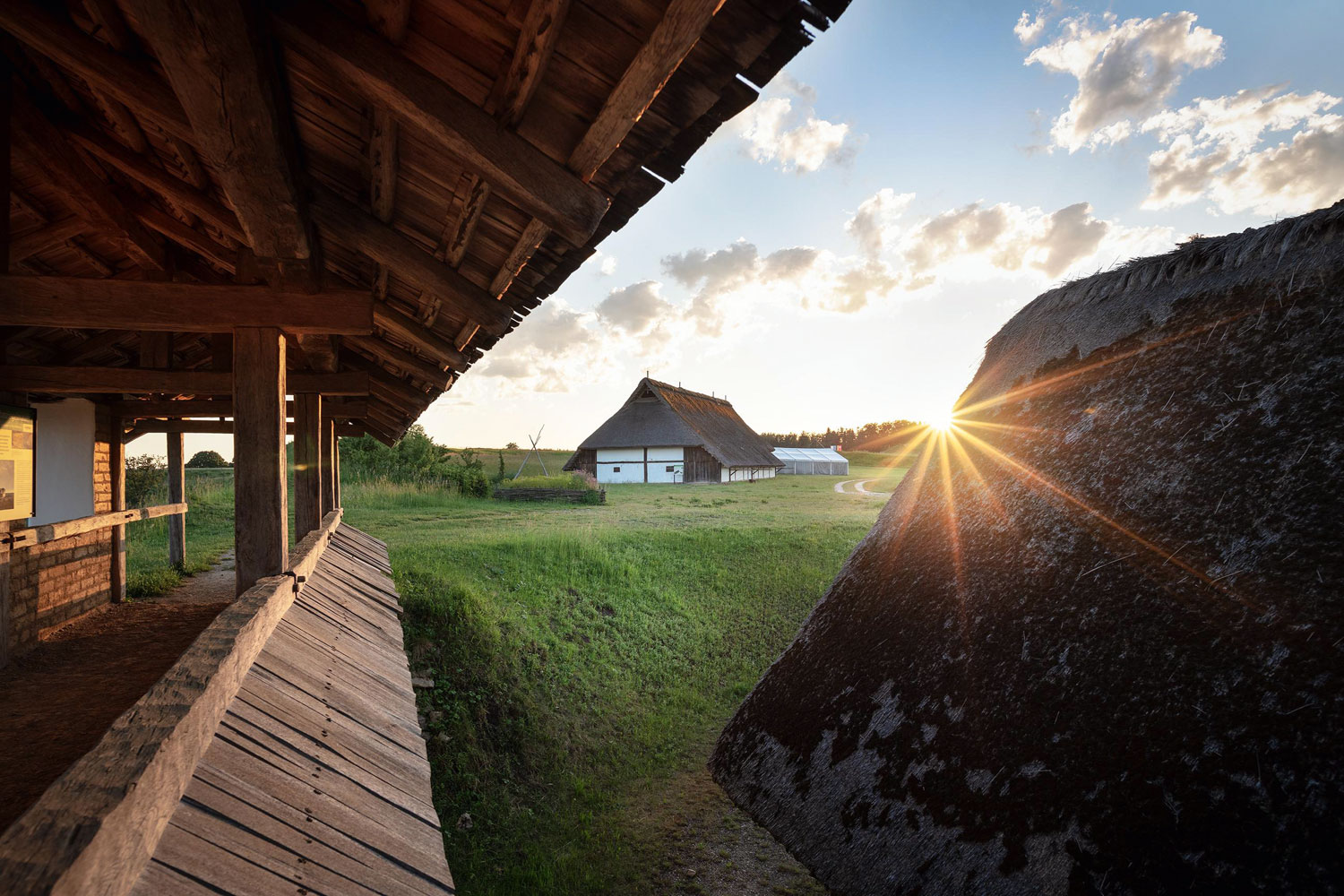

BW-Story - Hirsch & Greif
6 Archaeological Sites to Find Out how the Celts lived in SouthWest Germany
In the 6th century BC, the Celts lived on the Heuneburg Hillfort near Sigmaringen. They knew about amber, coral and Attic pottery. They built with southern mud bricks, were rich and had an extensive trade network. Interested visitors can experience the remains of one of the most important settlements north of the Alps at that time as an open-air museum. Interesting finds can be seen in the nearby museum.
Traces of the Celts can be found not only at Heuneburg Hillfort but in many other places in Baden-Württemberg. In the state's museums and at numerous archaeological sites, visitors can embark on a journey back in time to the Celts.
 Colombischlössle Manor House in Freiburg
Colombischlössle Manor House in Freiburg
1. Magnificent Funeral Treasures
Colombischlössle Manor House in Freiburg

The Celts felt at home in the Upper Rhine region between Breisach and the Black Forest, which contains one of the richest Celtic archaeological sites in Baden-Württemberg. Archaeologists have made astonishing discoveries in the magnificent grave treasures of Kappel and Ihringen, which are now on display at the Colombischlössle Manor House in Freiburg. This extraordinary collection makes it the showcase for archaeology in South Baden.
2. Fabulous Celtic Finds
Württemberg State Museum in Stuttgart
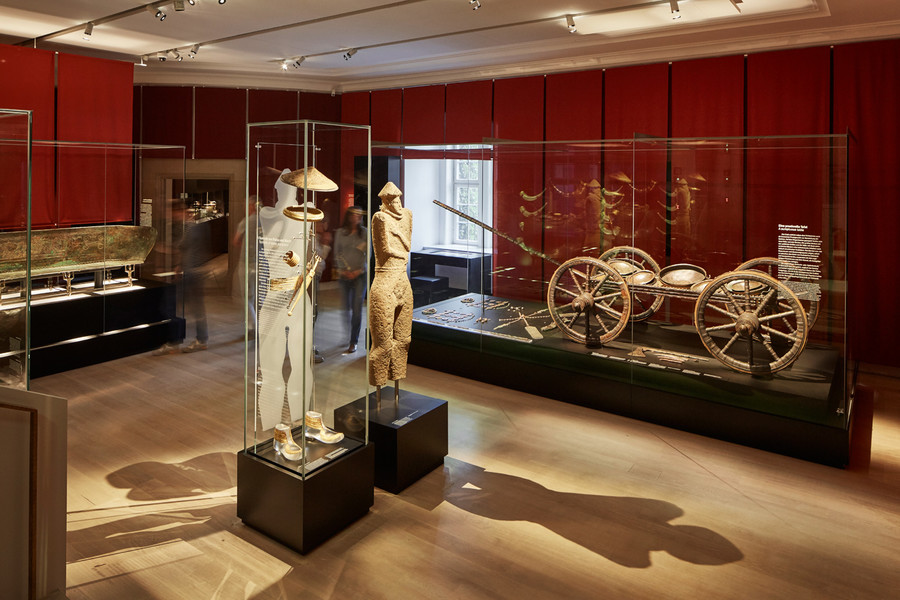
In the rooms of Stuttgart's Old Castle, the Württemberg State Museum exhibits astonishing finds from the time of the early Celts, such as the statue of the Warrior of Hirschlanden, iron ingots, bronze swords and gilded funerary gods from the Hochdorf Chieftain's Grave.
 Ipf Mountain near Bopfingen
Ipf Mountain near Bopfingen
3. A Circular Celtic Hill
Ipf Mountain near Bopfingen

From a distance it looks like a round, green hill, but it's actually one of the most remarkable archaeological monuments in SouthWest Germany. Ipf Mountain near Bopfingen obtained its appearance in the 6th and 5th centuries BC. There are strong fortifications here because the hill was once an important trading centre between the Danube, Main and Neckar Rivers. Today, the open-air site also features a replica of a Celtic building. Ipf Mountain and the surrounding area can also be explored on an archaeological circular trail.
4. Matters of Faith
The State Archaeological Museum in Konstanz
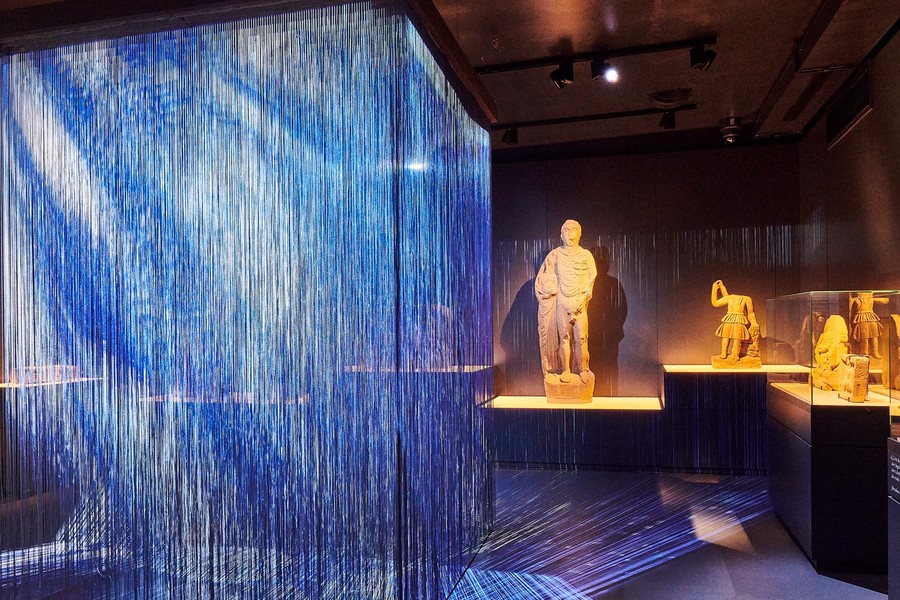
Nature as a magical force: the State Archaeological Museum offers exciting insights into the religious life of the Celts and much more. Visitors can visit naturally sacred places, get to know the Celtic gods and experience the Celts' ancestor worship. The State Archaeological Museum has seven branches across Baden-Württemberg.
 The Celtic Museum in Hochdorf/Enz
The Celtic Museum in Hochdorf/Enz
5. A Glimpse into a chieftain's Grave
The Celtic Museum in Hochdorf/Enz
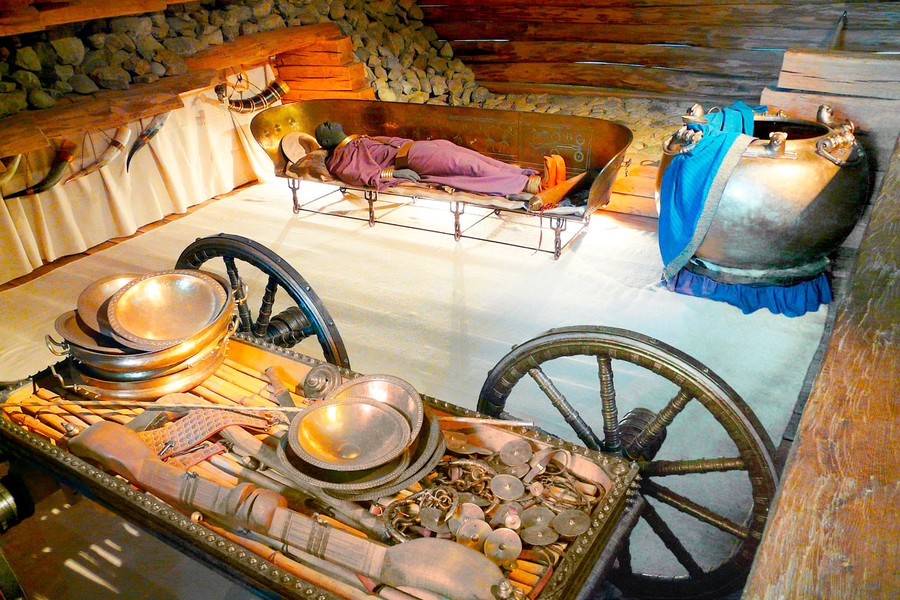
Archaeological world history was made in Hochdorf/Enz in 1978 when, for the first time, archaeologists were able to examine the intact grave of an early Celtic chieftain. The local Celtic Museum displays the reconstructed burial chamber.
6. A complete Settlement
Oppodium Finsterlohr in the Taubertal Valley
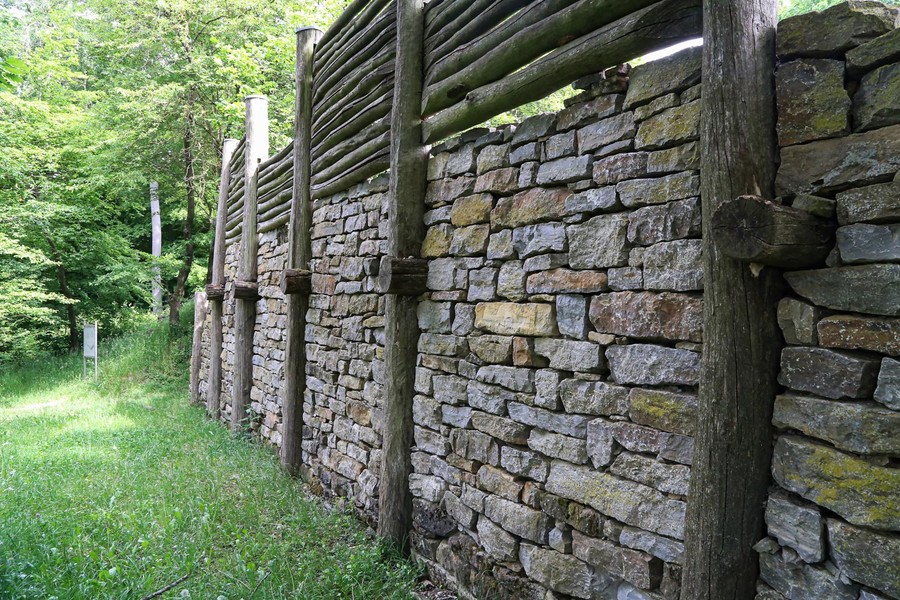
The largest late Celtic site in the north-east of Baden-Württemberg is located in the region between Tauberbischofsheim and Rothenburg: Oppidum Finsterlohr near Creglingen. In the first century BC, the well-preserved curtain wall protected a settlement of approximately 123 hectares, part of which was used as pasture and arable land.
 This could be interesting for you
This could be interesting for you



